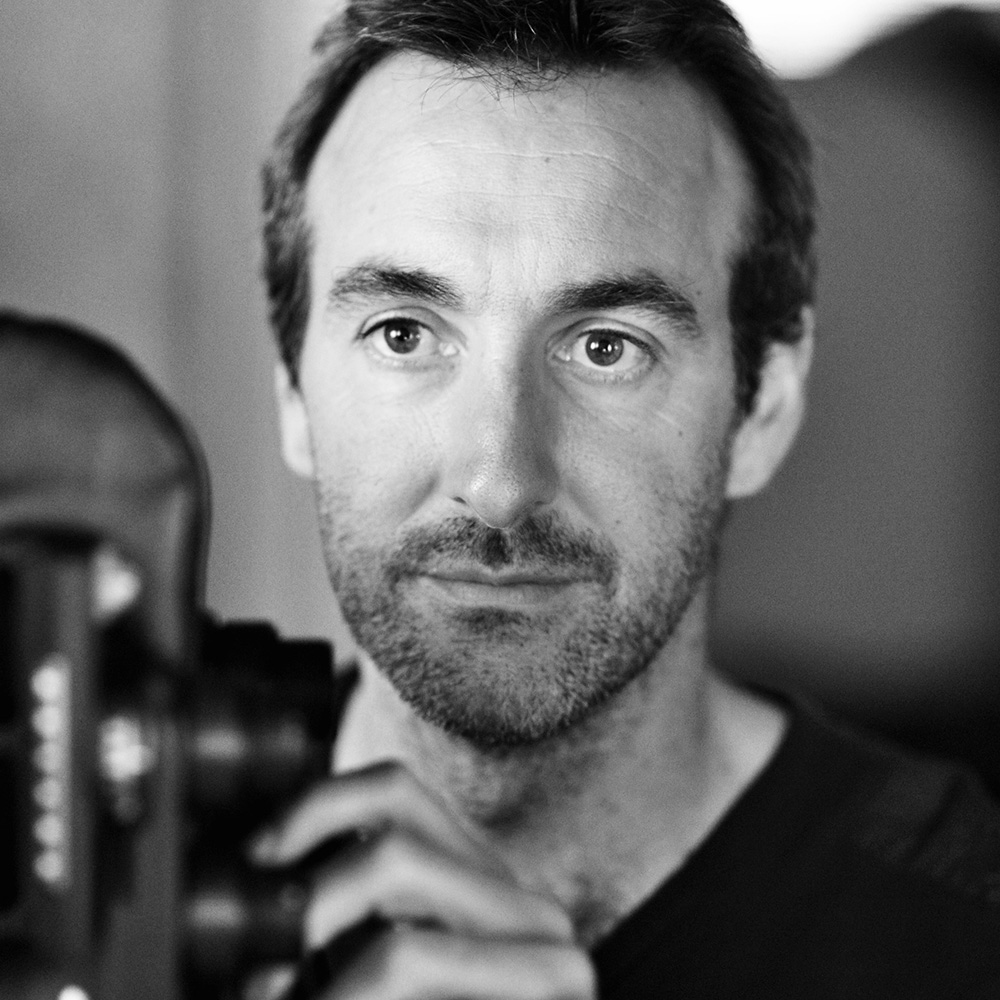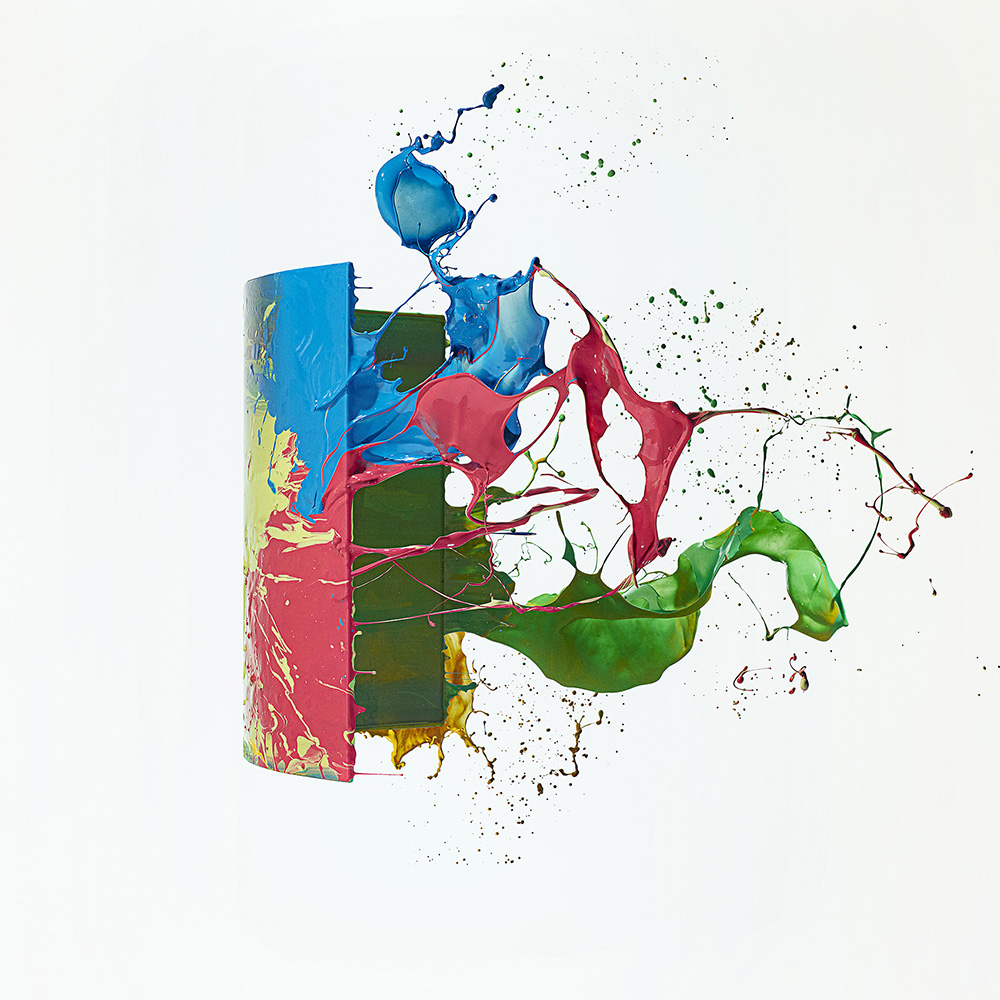Ted Humble-Smith is a photographer and director who brings a sense of magic to the meticulous conceptual images he creates for the luxury fashion, beauty, jewellery, and business worlds. He was commissioned by the Royal Academy of Engineering to interpret ten of his favourite engineering developments over the last half century as part of the 50th anniversary celebration of the MacRobert Award, the most prestigious prize for UK engineering innovation. Ted’s images are currently on display in our online exhibition, 50 Years of the MacRobert Award for Engineering and Innovation.
We asked Ted to give us the story behind the images and his take on engineering and innovation.
As a photographer who normally plies my trade in the world of luxury fashion and beauty, I was both surprised and honoured to be approached by the Royal Academy of Engineering to work on this project. That’s not to say I am unfamiliar with engineering or innovation, though. Early on in my career I spent time working with McLaren Formula 1, which gave me the opportunity to work up close with cutting edge technology for a company at the top of its game, constantly innovating.

In my regular work as an advertising and editorial photographer, I have often been fascinated by the engineering that goes into a £500,000 watch, but it is also in the places you don’t see. People often laugh when I say it, but perhaps the most fascinating feat of engineering I have often photographed is a stiletto! Think about it; either a reasonable—or remarkable—amount of weight all going down through less than a square centimetre and hitting the floor. If you are telling me there is not some serious engineering going on in the construction of that shoe, I just don’t believe you!
From the images I take of high fashion products to the camera I use, engineering is everywhere, but we don’t tend to think about it because most of it is done so well. A project like this gave me the opportunity to pause, look in more detail and research some of the greatest British engineering innovations, some of which have literally changed the world. For example, I’m particularly impressed by EMI’s CT scanner; the idea that we can ‘see’ a slice from someone’s head is incredible.
I brought 20 years of experience into this project to make sure we got these images right. The Academy approached me following another project with the GREAT Campaign and the Intellectual Property Office to conceptualise 50 patents celebrating 400 years since the first British patent. As part of that campaign I had created images in a similar style of some former MacRobert winners, including Blatchford’s intelligent prosthetic limb.
Photography really is a special way of storytelling. It is a magical way to work, you have one moment to tell the tale, and you have to get everything you are telling in the story in one image. A hard task normally, but especially hard when the stories are big and complicated. All the MacRobert Award winning innovations are massive and incredibly complicated, so when working on a project like this, you have to go through a sort of distillation process to get across something that people are going to understand.
The aim was to create images that anyone could look at and get the gist of an idea and be intrigued to find out more. These images are essentially a fishing hook—a starting point towards more research. That is what was so enjoyable about this project. For me it was incredibly exciting to start with an innovation, then go back and do the research, taking the opportunity to meet the engineers who worked on these projects and then planning how to capture that story in one image.
As a photographer, I tend to be quite fickle about my work, favouring one image one day, then another the next. My current favourite is the image we created for Quantel Paintbox. It was a huge amount of fun to do, involving a LOT of paint, and there is an amazing amount of detail in the image. Quantel revolutionised video and image editing and broadcasting with this product—it was the first time that full colour in all its glory was digitised properly and it is a tool I have used throughout my career. Working from a tablet and a pen and manipulating images on a screen is now such a common tool but Paintbox was the pioneer.

Perhaps my most profound experience working on this project was appreciating the breadth of applications of engineering, sometimes beyond even the imagination of the engineers. I recall an experience talking to the team behind Colbalt Light Systems Insight 100 security scanner. One of the principal engineers who developed it told me a story about presenting the idea at a conference. The team were excited about the ability to scan liquids in containers and be able to accurately tell what is inside without opening it and they saw it as a way to revolutionise security systems. What they were not expecting was to be approached by medical professionals excited by the possible application of this innovation in their field, something the initial team had not even thought of.
For me, that is the hidden story of these MacRobert Award @ 50 images. Many of these innovations were collaborative efforts, building on years’ worth of engineering principles and theories, brought together by innovative teams to create something that could change the world. But so often, once it’s established, someone else comes along and finds new applications far beyond the original idea, and the innovation cycle starts again.
MacRobert @ 50 project collaborators: Emma Winter, Lou Blackshaw, Martin Godward, Mandy Smith, Tom Wright and Joe Thomas.